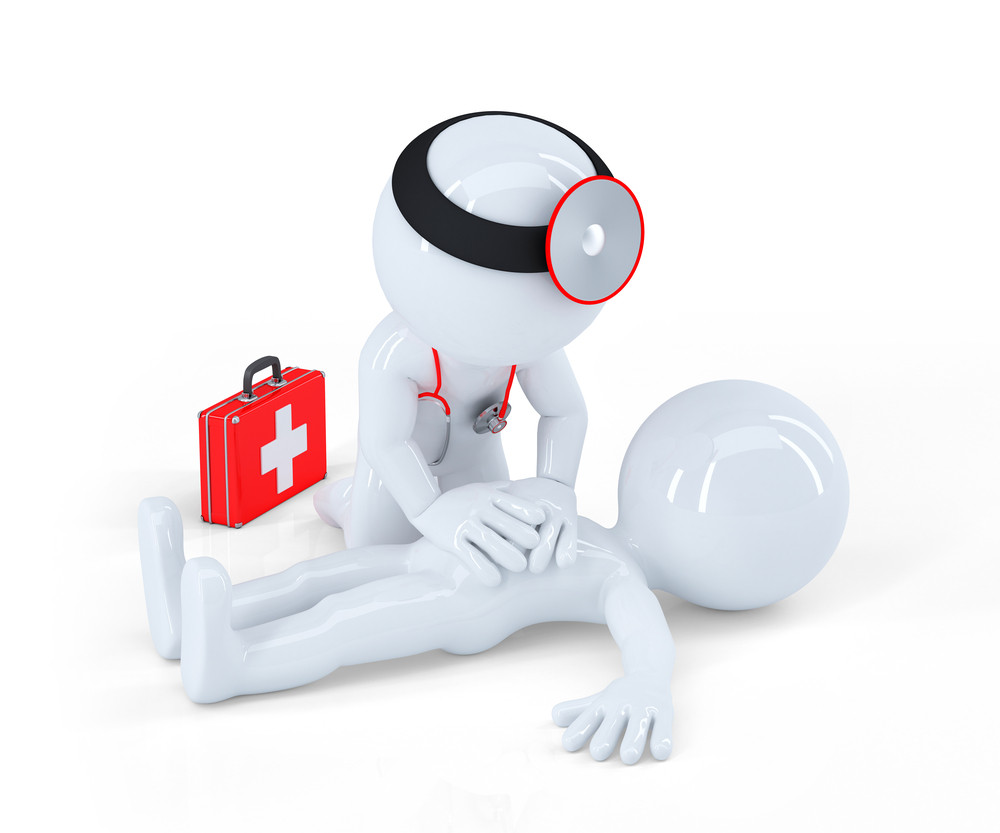
If you’re considering taking a CPR training course, you should sign up for one. The benefits of the CPR training that one can receive at any given CPR training course are immense, as well as all of the other skills that many CPR classes also teach. For instance, it is not uncommon for a CPR training course to teach various aspects of first aid training as well, a set of skills that are also likely to come in handy just as much, if not more, than CPR itself. At the end of the day, getting a CPR certification from a CPR training course is something that can end up saving lives, no doubt about it.
After all, major cardiac events, which often lead to the need for CPR to be administered to the patient in question, are far more frequent than many people realize. As a matter of fact, up to 350,000 of them will occur throughout the United States on a yearly basis. And these are just the cardiac arrests that occur outside of the hospital. During these cardiac arrests, it is quite essential that CPR is performed as soon as it is possible, as CPR works to move the blood to the heart and the brain, preserving the function of these essential organs until help can arrive. Taking a CPR training course can ensure that you are able to act quickly should such an event happen in your vicinity.
The CPR training that you learn in any given CPR training course can even prevent an imminent death. After all, statistics have shown that with each minute after a major medical event that CPR is not performed, the chances of surviving actually fall by a full 7%. For many patients, the lack of CPR being performed leads to death – and if not death, then likely brain damage, as unfortunate as this is. But with more people taking a CPR training course at least once in their lives, this is something that is becoming more and more rare.
Aside from the knowledge presented by the typical CPR training course, the presence of an AED defibrillator can also be key in the survival of the patient in question. After all, such a defibrillator works best when combined with CPR, as performing CPR can actually extend the duration of the electrical current given by the defibrillator system that is being used. And using something like an AED defibrillator also helps to improve outcomes, especially when it comes to brain damage (or hopefully the lack thereof).
Unfortunately, CPR is a great lifesaving tool but is not something that is always able to preserve brain function on its own. In fact, this is actually far from the case in far too many circumstances, with up to 91% of all patients who have had only CPR performed suffering from brain damage to some extent, even if it was only minor brain damage. But when an AED defibrillator system is also used, the chances of developing brain damage falls considerably, with only a scant 7% of all patients suffering from any form of neurological damage in the aftermath of such an incident. And fortunately, more and more buildings are making sure that AED defibrillator systems are in place, often in multiple places all throughout the building. And this is certainly a wise investment to make, and one that is likely to save at least one life at some point in time.
At the end of the day, the benefits of taking any kind of CPR training course are certainly vast. In fact, you might even end up saving a life. In some CPR training courses, other skills are also taught. For instance, training in the use of fire extinguishers is becoming more and more common, as too is basic first aid training. And both of these types of training can also help to save lives or even just prevent further damage or injuries from taking place, both of which are also important goals to have. Therefore, just about everyone out there could immensely benefit from enrolling in a CPR training course at least once in their lives.
